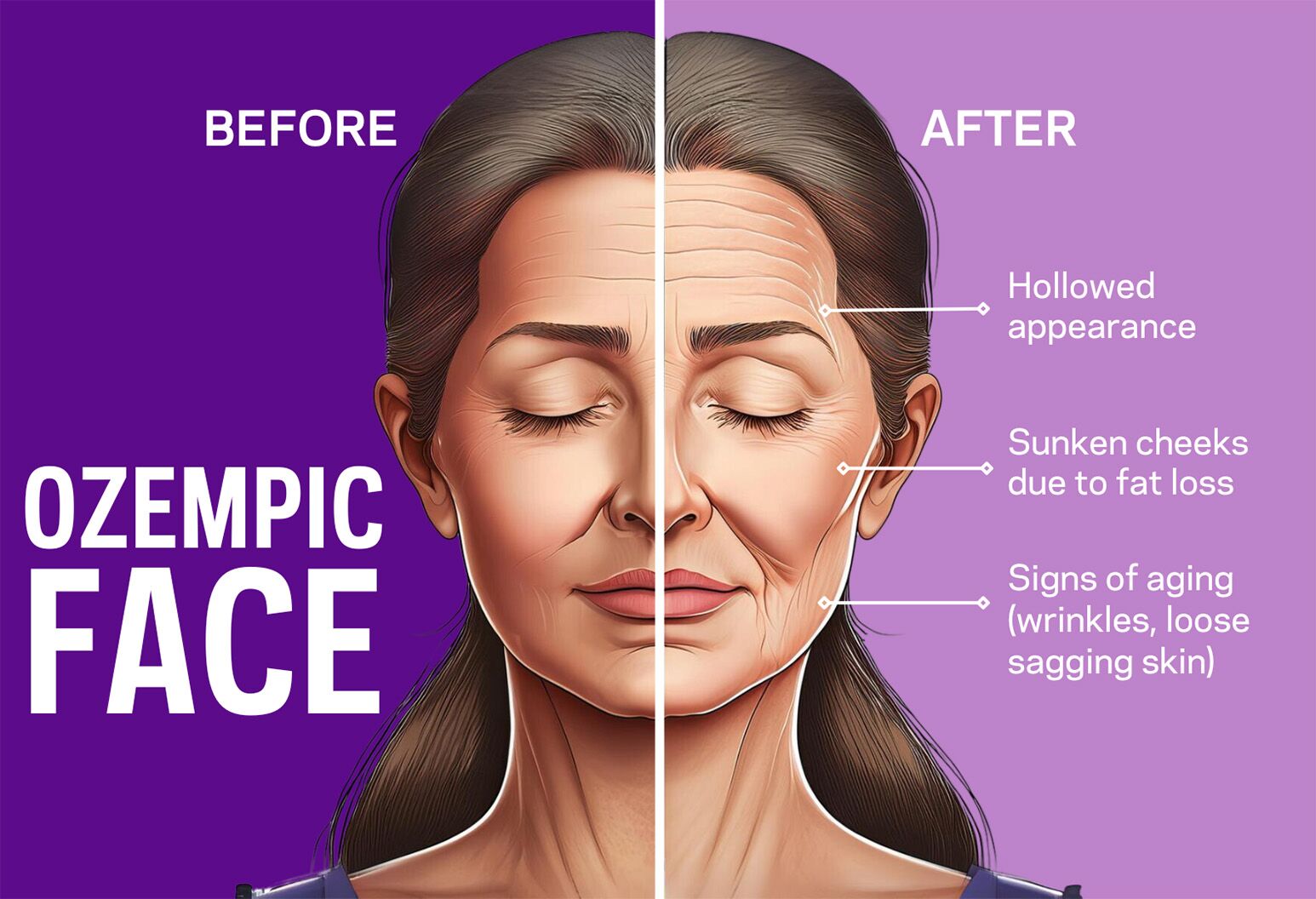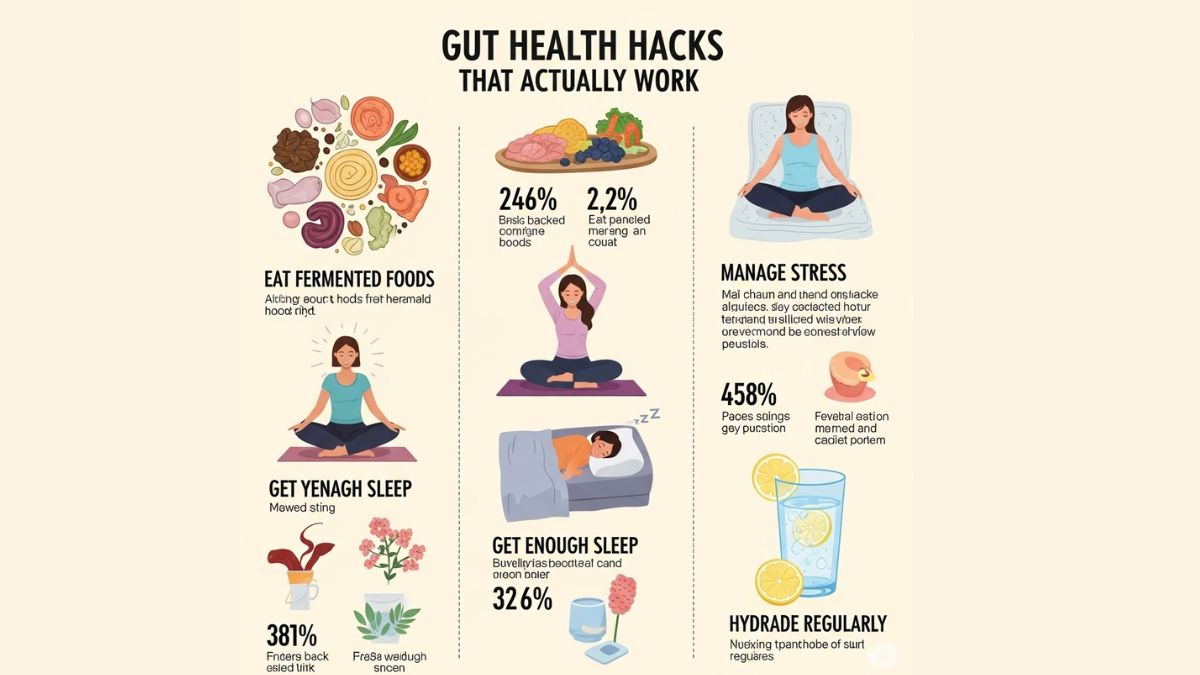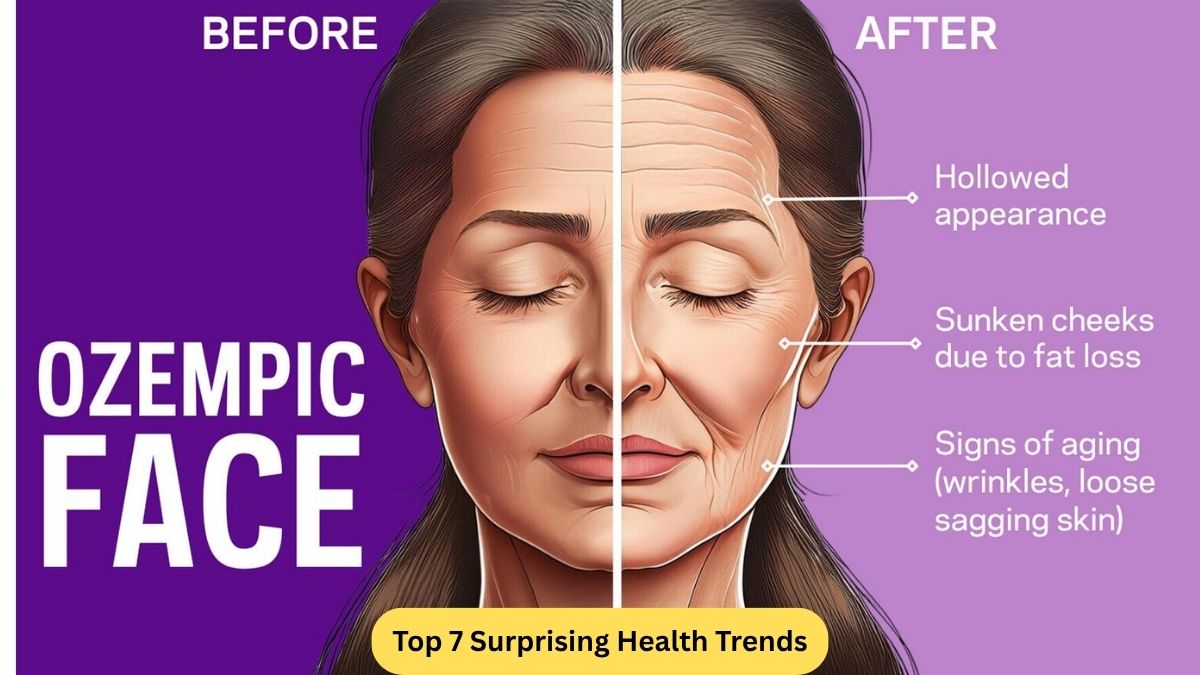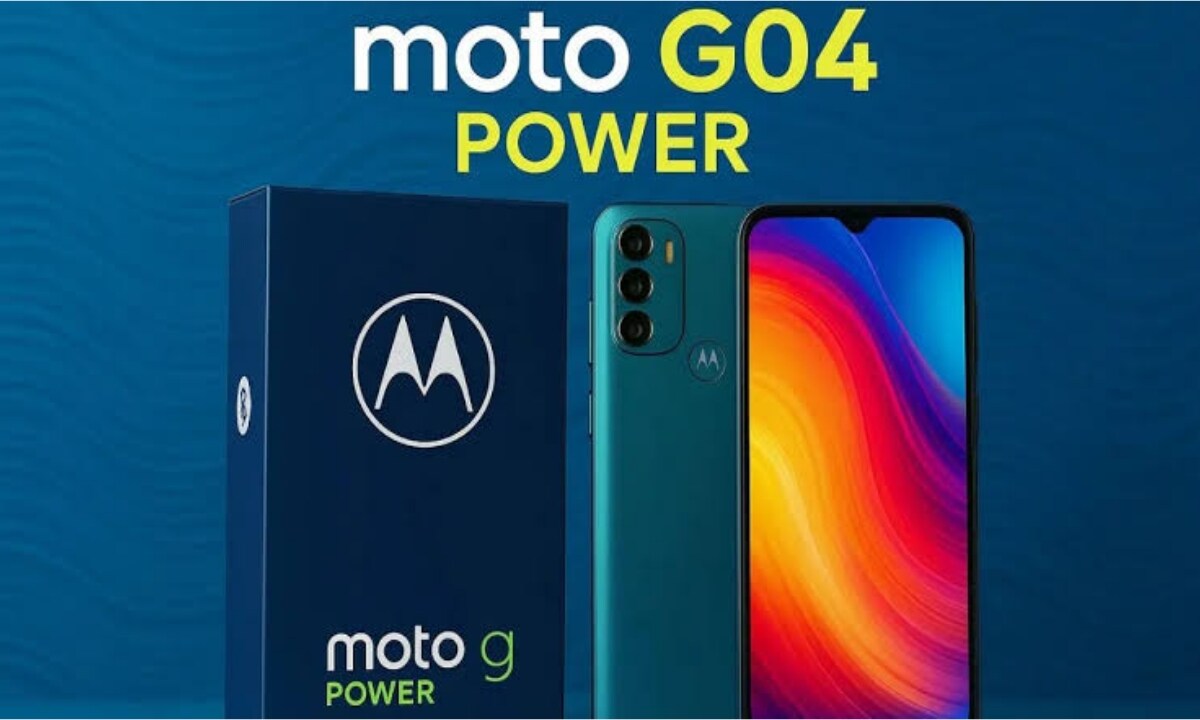In recent years, the term “Ozempic face” has taken social media and health discussions by storm. As more people turn to Ozempic—a medication originally designed for type 2 diabetes—to aid weight loss, concerns have surfaced about an unexpected side effect: a gaunt, hollowed facial appearance. This phenomenon has sparked a broader debate about the impact of rapid weight loss on our looks and health.
In this article, we’ll explore what Ozempic is, why “Ozempic face” is trending, the science behind facial changes during weight loss, and how to approach weight loss safely and healthily without compromising your natural beauty.
What is Ozempic?
Ozempic is the brand name for semaglutide, a medication prescribed primarily to treat type 2 diabetes. It works by mimicking a hormone called GLP-1 (glucagon-like peptide-1), which helps regulate blood sugar, slows digestion, and reduces appetite.
Due to its appetite-suppressing effects, many people have started using Ozempic off-label for weight loss. The FDA has even approved a higher-dose version called Wegovy specifically for obesity management.
Why Is “Ozempic Face” Trending?
“Ozempic face” refers to the noticeable hollowing and sagging around the cheeks and eyes seen in some people using the drug to lose weight rapidly. On social media platforms like TikTok and Instagram, users post before-and-after photos showing dramatic weight loss alongside changes in their facial structure.
This trend has generated significant buzz for several reasons:
- Rapid Fat Loss: Ozempic can lead to quick reductions in overall body fat, which also affects facial fat pads that support skin and maintain youthful contours.
- Social Media Awareness: The visual nature of platforms like TikTok amplifies awareness of facial changes, with users discussing and sometimes criticizing these effects.
- Beauty Standards and Aging: There is increasing public discussion about the relationship between weight, aging, and beauty, with some concerned that rapid weight loss accelerates an aged or unhealthy appearance.
The Science Behind Facial Fat Loss and Aging
Our faces have layers of fat under the skin that provide volume and youthful fullness. These fat pads are not just about aesthetics—they support facial muscles, help maintain skin elasticity, and protect delicate structures.
When you lose weight quickly, your body uses fat stores throughout, including these facial fat pads. This can cause:
- Sunken cheeks
- Hollow temples
- Sagging skin
- More prominent wrinkles
While losing excess body fat can improve health, an overly rapid loss may leave skin unable to tighten fast enough, resulting in a gaunt look often described as “Ozempic face.”
Is “Ozempic Face” Permanent?
Fortunately, the effects on the face may not be permanent. The skin has some ability to rebound and tighten over time, especially with supportive care. However, factors influencing recovery include:
- Age: Younger skin is more elastic and can recover better.
- Rate of Weight Loss: Gradual weight loss is less likely to cause dramatic facial changes.
- Nutrition: Proper hydration and nutrition support skin health.
- Skincare and Sun Protection: Helps maintain skin elasticity.
If facial changes are severe or bothersome, consult a healthcare professional or dermatologist. They may recommend treatments such as fillers, skin-tightening procedures, or nutrition optimization.
How to Avoid or Minimize “Ozempic Face”
If you are considering or currently using Ozempic for weight loss, here are some tips to help maintain a healthy facial appearance:
1. Opt for Gradual Weight Loss
Rapid weight loss increases the risk of loose skin and volume loss. Aim for a steady, moderate pace of fat loss—generally 1 to 2 pounds per week.
2. Stay Hydrated
Drinking enough water keeps your skin plump and resilient, helping it adapt better during fat loss.
3. Prioritize Nutrition
- Protein: Supports skin repair and muscle maintenance.
- Healthy Fats: Omega-3s found in fish, nuts, and seeds nourish skin.
- Vitamins: Vitamins C, E, and A promote collagen production.
4. Use Quality Skincare
Incorporate moisturizers, sunscreen, and products with antioxidants to protect and strengthen your skin.
5. Consider Facial Exercises
Gentle facial exercises may improve muscle tone and circulation, potentially reducing sagging.
6. Consult with Professionals
Regular check-ins with your healthcare provider can help tailor your weight loss plan safely.
The Broader Weight Loss and Beauty Debate
“Ozempic face” has reignited conversations about society’s beauty standards and how we perceive weight loss and aging.
- Is thin always healthy or beautiful?
While reducing excess weight benefits many, extreme thinness or rapid changes can negatively affect appearance and wellbeing. - The impact of social media:
Platforms can sometimes encourage unrealistic beauty ideals or stigmatize natural changes like aging or weight fluctuations. - Holistic health over appearance:
Experts emphasize a balanced approach that values mental health, physical wellbeing, and self-acceptance alongside any weight or aesthetic goals.
What to Do If You’re Worried About Facial Changes
If you or someone you know experiences unwanted facial changes during weight loss:
- Talk openly with your healthcare provider about your concerns.
- Explore slower, more gradual approaches to fat loss.
- Seek advice from dermatologists or cosmetic professionals if needed.
- Focus on overall wellness, including mental health, sleep, and stress management.
Conclusion: Balance Is Key
The “Ozempic face” phenomenon highlights an important truth: weight loss and health are deeply personal and multifaceted journeys. While medications like Ozempic offer new hope for obesity and diabetes, awareness of potential side effects empowers us to make informed choices.
Remember, beauty and health come in many forms, and maintaining balance—between physical health, mental wellbeing, and appearance—is what truly leads to lasting confidence and happiness.
















1 thought on “The Rise of “Ozempic Face” and the Weight Loss Aesthetic Debate: What You Need to Know”